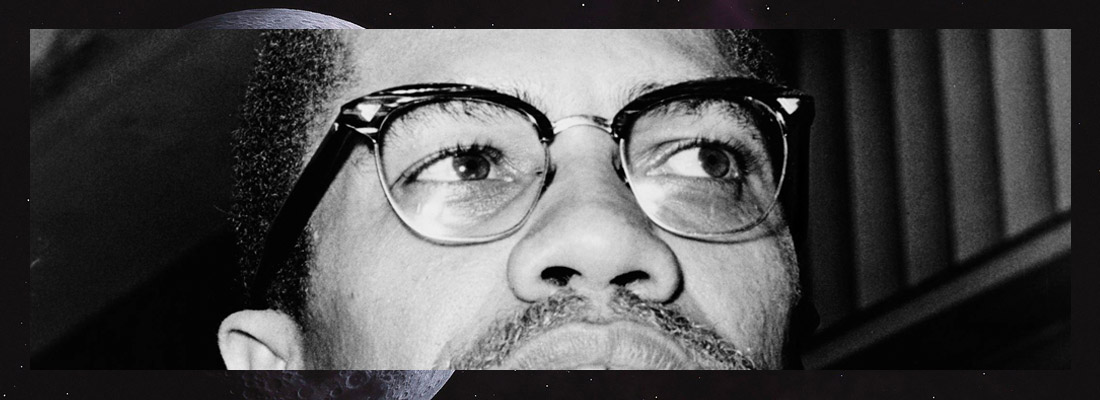
03:41 -
© RayBan-Warhol
Certain styles of glasses are famous thanks to those who’ve worn them. But while you might recognise these specs, could you actually name them…? This glossary of frame shapes compiled by EYESEEmag covers all you need to know.
Round, oval, rectangular, cat-eye… when it comes to glasses, there are plenty of options to choose from. For the most flattering effect, it’s best to base your decision on the shape of your face – see our article on how to choose the right frames for more on that (golden-rules-for-choosing-glasses). But now, we’re going to look at frame shapes. What are the different designs called? What are the stories behind them? Our glossary will bring them into focus.

© Tom Cruise
Marketed as “Anti-Glare” from 1936, they became Aviators one year later. What is now one of Ray-Ban’s most successful designs was originally meant for pilots in the US Air Force (as of 1933). These glasses had to filter out as much sunlight as possible, so that pilots’ eyes were protected from dazzling bright light when performing their manoeuvres. Aviators are some of the best-known frames in the world and were the natural choice for the rebellious young pilot played by Tom Cruise in Top Gun.

© Grace Kelly
The difference between Cat-eye and Butterfly is quite subtle. As their names suggest, one takes the shape of a cat’s eye and the other, the wings of a butterfly. Some people use the two names interchangeably to describe the same design, but you can spot the difference just by looking at them. The outer edges of cat-eye frames are tapered and quite rounded. They were Marilyn Monroe’s favourites, as well as being worn by Audrey Hepburn and Grace Kelly. Frames like these were very fashionable in the 50s and the secretaries and librarians who wore them gave rise to the stereotype often associated with these glasses.

© John Lennon
Think of round glasses and you may well be reminded of John Lennon and his legendary spectacles. This frame shape suits practically all face shapes. Round glasses were the only ones offered by the very first opticians and have been popular ever since. Glasses of this shape benefit from being perfectly adapted to the shape of the eye.

© Jackie Kennedy
Like all glasses, rectangular styles come in different sizes, colours and materials. Renowned for her sense of style and class, Jackie Kennedy Onassis can be seen wearing a rectangular style here, which incidentally served as inspiration for Ray-Ban. The brand went on to launch its own frames inspired by the famous first lady, simply named the Jackie Ohh.

© Malcolm X
Owing to the upper section of the frames, which look like eyebrows, the Clubmaster was also known as the Browline. Before these glasses became (another) one of Ray-Ban’s greatest hits, it was a certain Jack Rohrbach who produced the design for a company called Shuron Ltd back in 1947. You could change the bridge, the arms and the famous “eyebrows”, making the frames fully customisable. It was only in the 80s that Ray-Ban was inspired to create its own version in the form of the Clubmaster. This particular style has become synonymous with the famous political activist Malcolm X, even if the glasses he wore weren’t actually Ray-Bans.

© Jennifer Aniston
Iconic men’s glasses from the 50s and 60s, the Panto is a real design classic. The frames can be more rounded or oval in shape and flattened on top. Some people think of them as vintage and yet, they could not be more on trend. They were originally created for men, but as Jennifer Aniston goes to show, they look great on women as well.

© Jack Nicholson
Another Ray-Ban design that needs no introduction is the Wayfarer. Since these frames went on sale in 1952, they’ve become indissociable from the history of glasses. Wayfarers also have their own tale to tell; before being made available to the general public, they were produced for the U.S. Naval Air Force with neutral lenses to avoid any colour distortion. Famous actors, musicians and artists have all been seen in them: Andy Warhol, Jack Nicholson, Leonardo DiCaprio, Michael Jackson and Rihanna to name but a few!

© Marilyn Monroe
Often confused with glasses recalling the cat-eye, despite being different. The Butterfly mimics the insect’s wings and like the Cat-eye, emerged in the 50s, much to the delight of women everywhere. Their dramatic look serves to lift the face and creates the impression of broader facial features.

© Elton John
As seen in the Stanley Kubrick film, Lolita, embodied by Sue Lyon. Heart-shaped glasses are back! Known as Loulou at Yves Saint-Laurent, you’ll also find them at Chloé and Balenciaga, not forgetting Gucci – its Elton John sunglasses will set you back an eye-watering €1,000.

© Kurt Cobain
We haven’t chosen the most understated of oval frames, but they’re certainly iconic, as well as being oversized. Kurt Cobain, the lead singer from Nirvana, made the Series 6558 by Christian Roth famous. So famous that the eyewear designer decided to reissue them!

© Audrey Hepburn
Last but not least, square frames. They might not be anything out of the ordinary, but they never go out of fashion as a staple feature of every eyewear collection by a haute couture fashion house. Incredibly stylish, their proportions are ideal for achieving the VIP look. Think Audrey Hepburn in Breakfast at Tiffany’s wearing de Oliver Goldsmith Manhattan square (albeit very rounded) sunglasses.